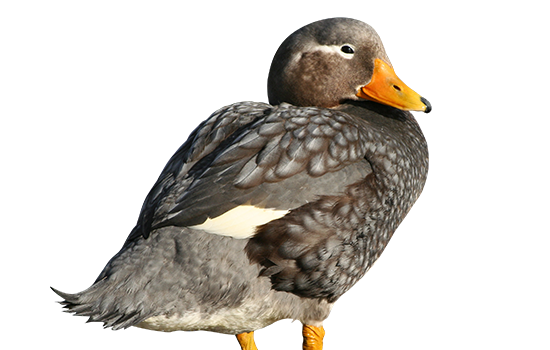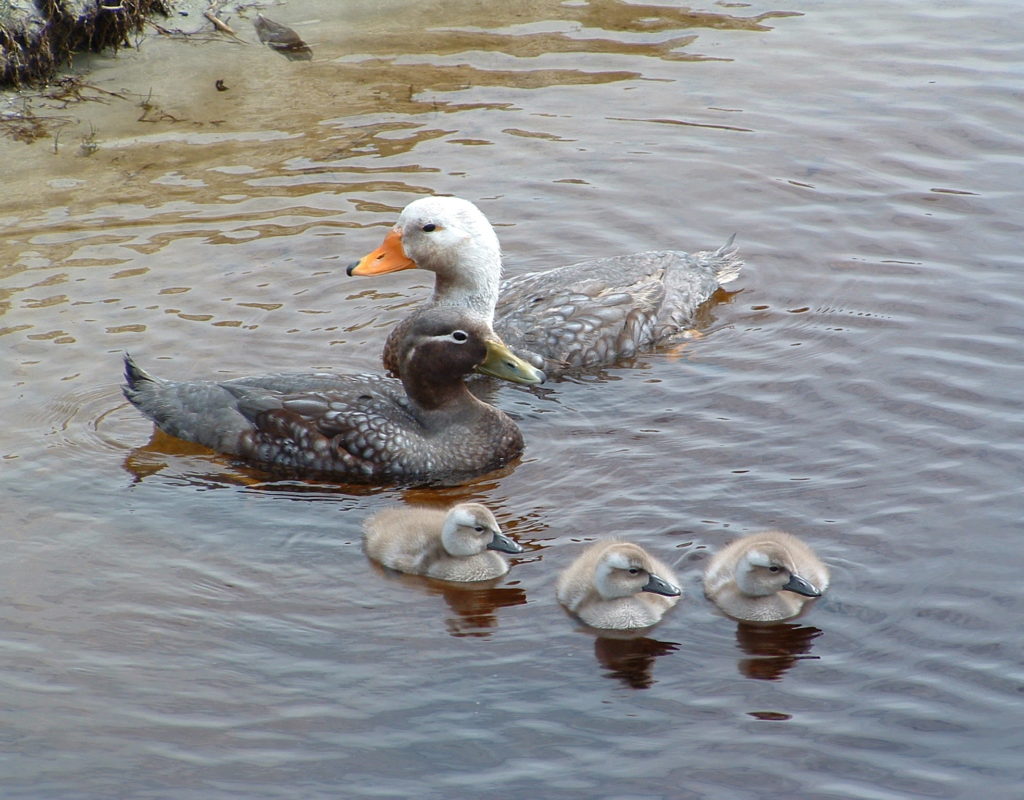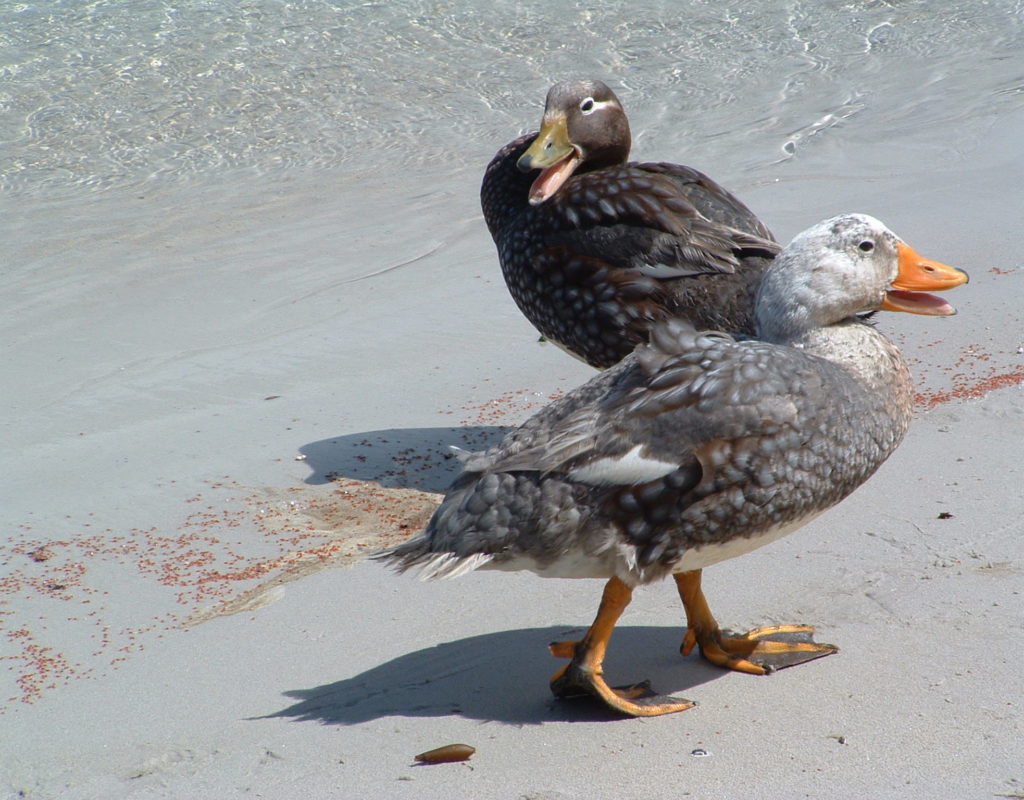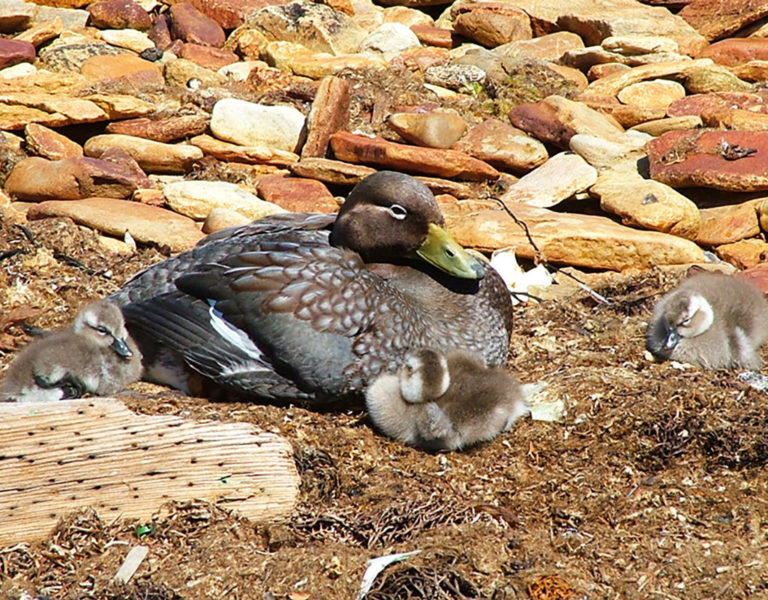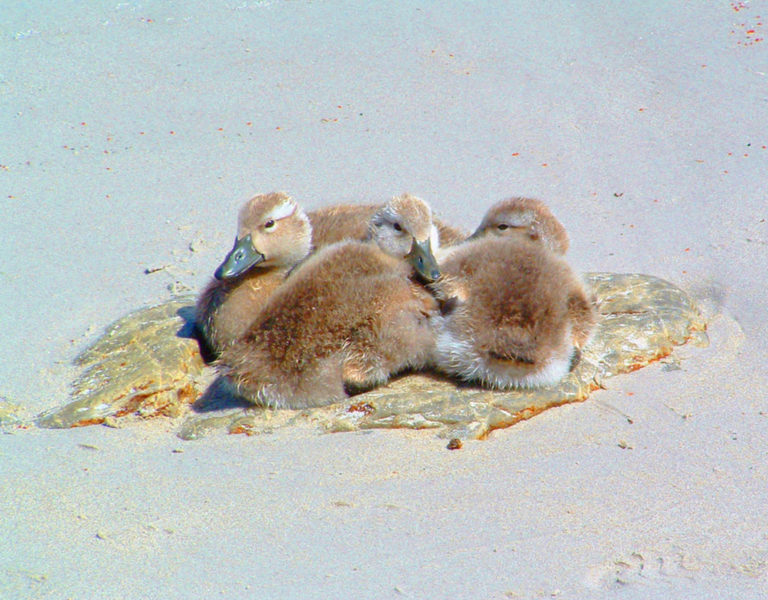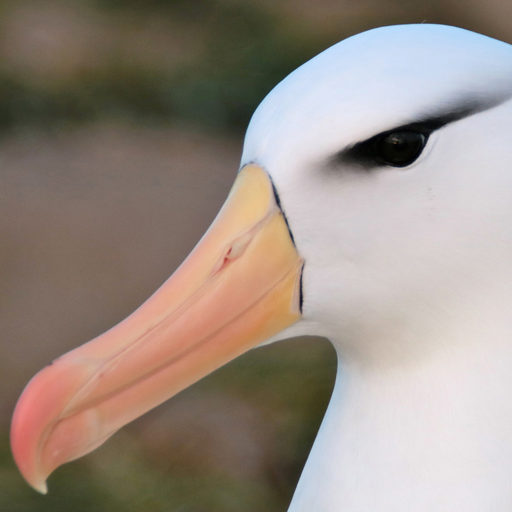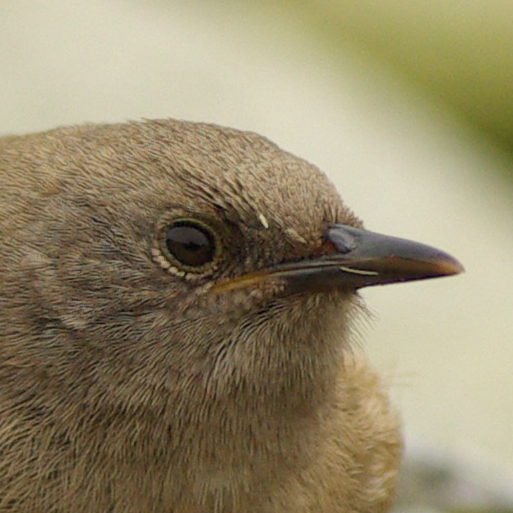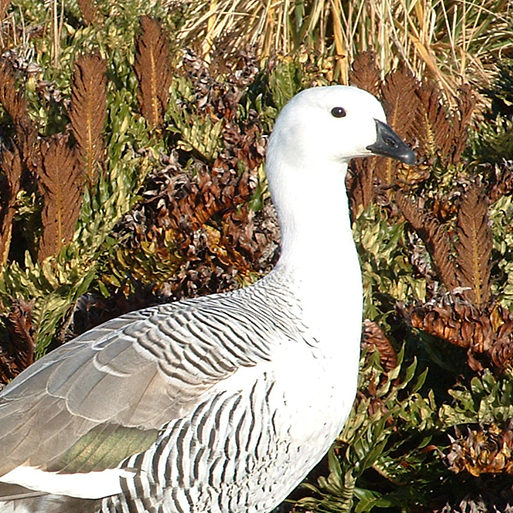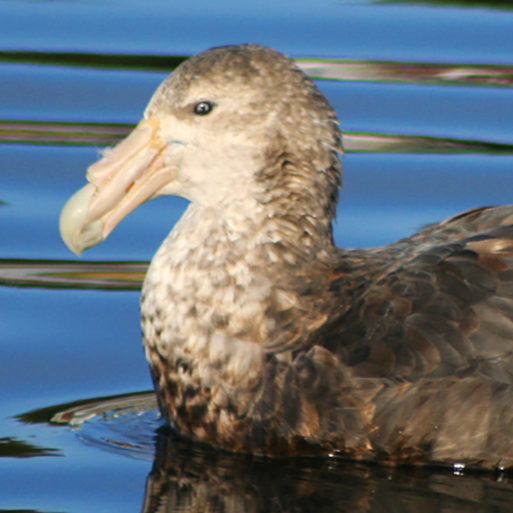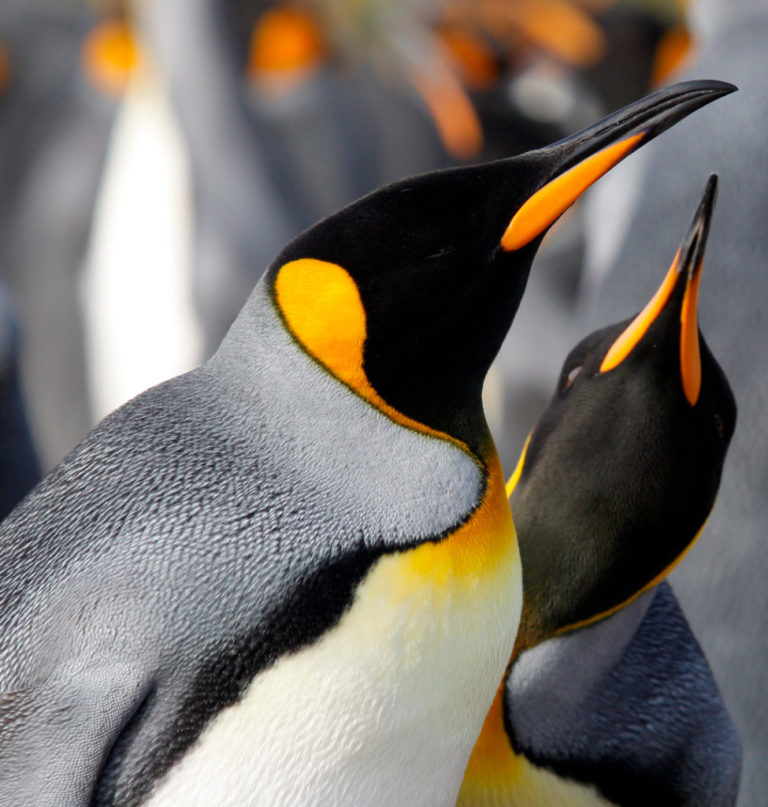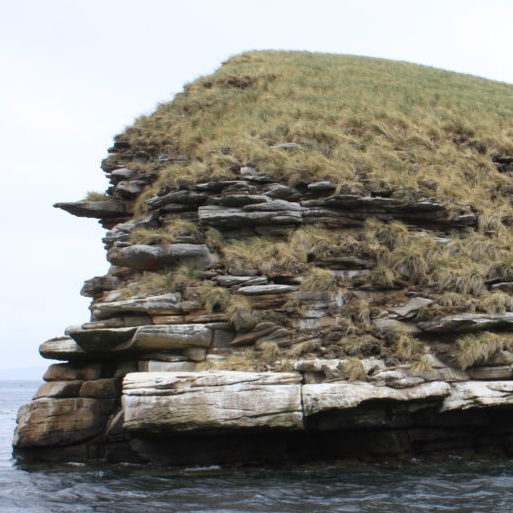The male is larger and paler overall. In general, he is grey or white about the head, while the female’s head is brown with a white eye-ring and a thin while line curving from the eye down the side of the head. Young males and some adult males in moult may also have a white line behind the eye, but this is less clear-cut. Differences in colouration between male and female are not unusual in the duck family. Only females incubate the eggs. The male’s more ‘showy’ appearance serves to attract the female, and makes him more obvious to other birds when defending his territory.
The male is large – one of the biggest ducks in the world. An adult drake may weigh around 3½ kg and measure 80cms from the tip of his bill to the end of his tail. Both sexes, when adult, have orange-yellow legs and feet. Those of immature birds, of either sex, are paler and have black marks at the heel and toe joints. All individuals have spurs, bare of feathers, at the angle of the wing.




